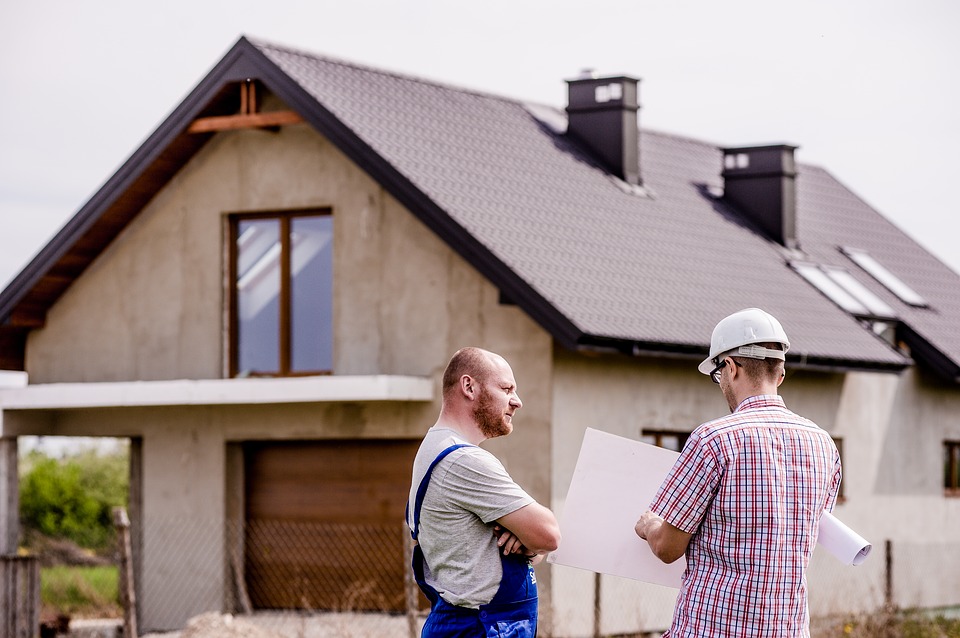When interviewing a home inspector, ask the inspector what type of report format he or she provides. There are many styles of reports used by property inspectors, including the checklist, computer generated using inspection programs, and the narrative style.
Some reports are delivered on site and some may take as long as 4–6 days for delivery. All reporting systems have pros and cons.
The most important issue with an inspection report is the descriptions given for each item or component. A report that indicates the condition as “Good”, “Fair”, or “Poor” without a detailed explanation is vague and can be easily misinterpreted. An example of a vague condition would be:
Kitchen Sink: Condition – Good, Fair, or Poor.
None of these descriptions gives the homeowner an idea about what is wrong. Does the sink have a cosmetic problem? Does the home have a plumbing problem? A good report should supply you with descriptive information on the condition of the site and home. An example of a descriptive condition is:
Kitchen sink: Condition – Minor wear, heavy wear, damaged, rust stains, or chips in enamel finish. Recommend sealing sink at counter top.
As you can see, this narrative description includes a recommendation for repair. Narrative reports without recommendations for repairing deficient items may be difficult to comprehend, should your knowledge of construction be limited.
Take the time and become familiar with your report. Should the report have a legend, key, symbols or icons, read and understand them thoroughly. The more information provided about the site and home, the easier to understand the overall condition.
At the end of the inspection your inspector may provide a summary with a question and answer period. Use this opportunity to ask questions regarding terms or conditions that you may not be familiar with. A good inspector should be able to explain the answers to your questions. If for some reason a question cannot be answered at the time of the inspection, the inspector should research the question and obtain the answer for you. For instance, if the inspector’s report states that the concrete foundation has common cracks, be sure to ask, “Why are they common?” The answer you should receive will be along these lines: common cracks are usually due to normal concrete curing and or shrinkage. The inspector’s knowledge and experience is how the size and characteristics of the cracking is determined.
We recommend that you accompany your inspector through the entire inspection if possible. This helps you to understand the condition of the home and the details of the report.
Read the report completely and understand the condition of the home you are about to purchase. After all, it is most likely one of the largest investments you will ever make.




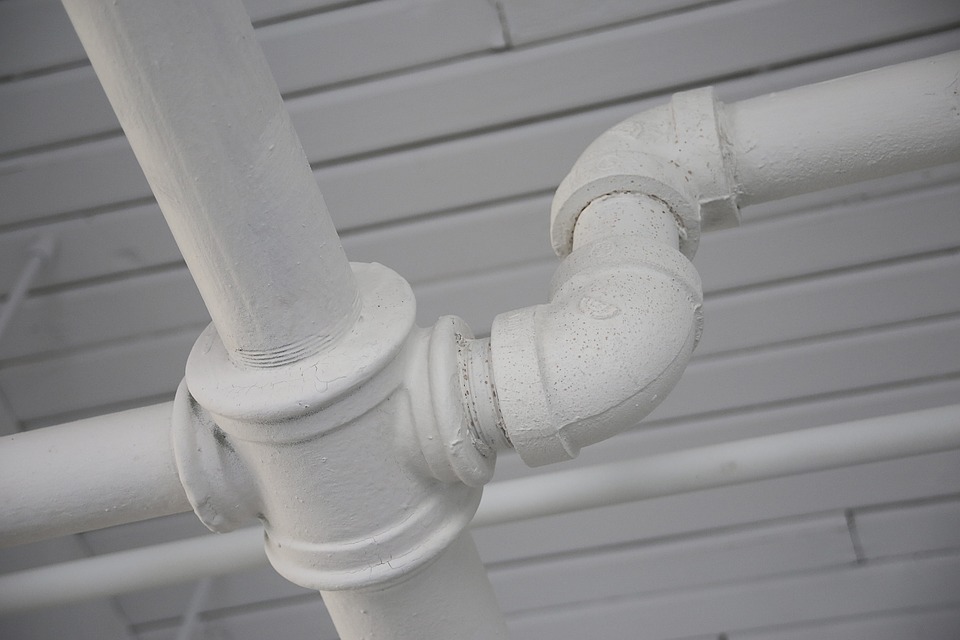


 There are cracks in the foundation. Nothing structural. Nothing thats going to threaten the stability of the home, but it’s there. Nooks, crannies and holes through which seeps an invisible threat. Colorless, odorless and undetectable by your average human, it is nevertheless the second leading cause of lung cancer in the United States.
There are cracks in the foundation. Nothing structural. Nothing thats going to threaten the stability of the home, but it’s there. Nooks, crannies and holes through which seeps an invisible threat. Colorless, odorless and undetectable by your average human, it is nevertheless the second leading cause of lung cancer in the United States.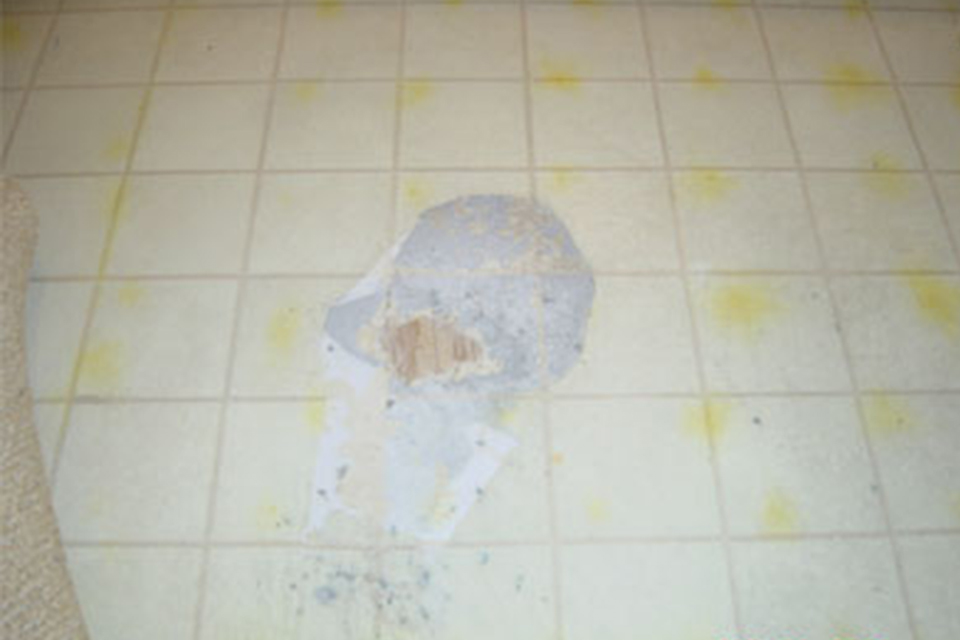

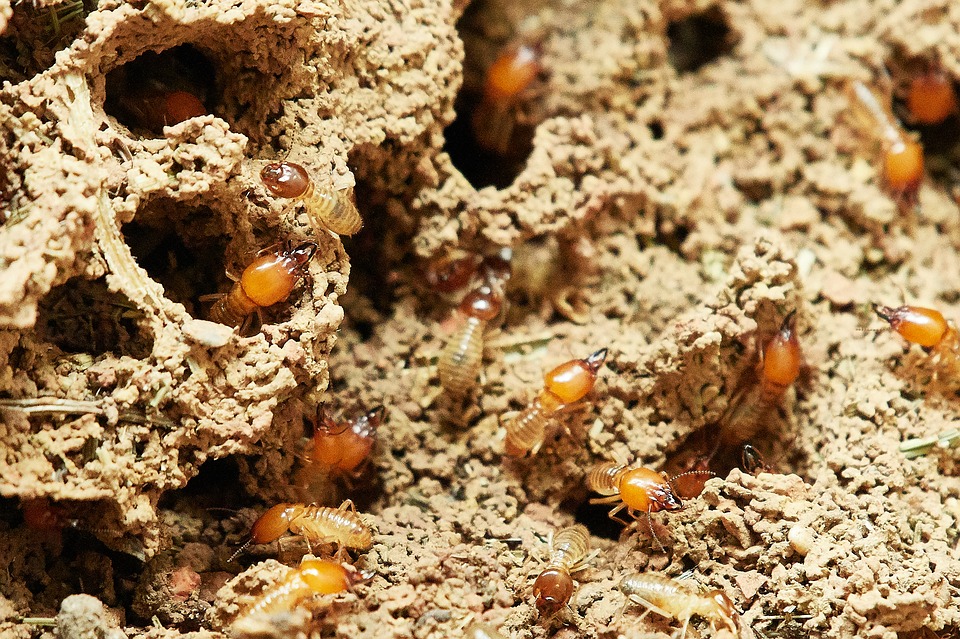
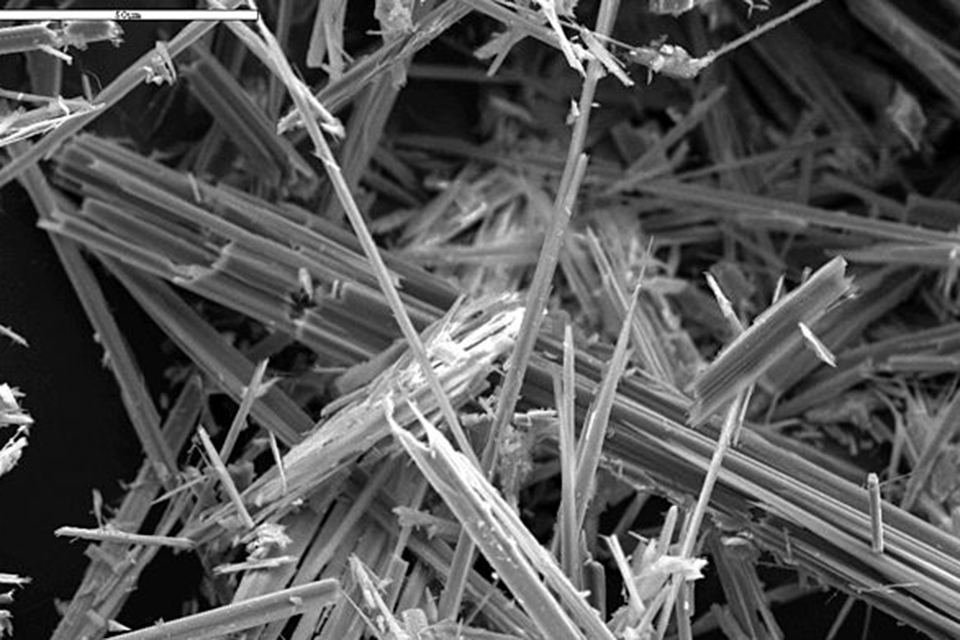
 Asbestos is a tiny fiber that was used in the past primarily as insulation. It was also added to some building materials to provide added strength and flame resistance. The problem with asbestos is that it has been shown to cause lung cancer and mesothelioma in individuals that were exposed to large amounts of free-floating asbestos fibers in the air. These conditions typically did not become apparent until around 30 years after the exposure.Because of the health hazards of asbestos fibers, its use in insulation and paint was banned in the 1970’s.
Asbestos is a tiny fiber that was used in the past primarily as insulation. It was also added to some building materials to provide added strength and flame resistance. The problem with asbestos is that it has been shown to cause lung cancer and mesothelioma in individuals that were exposed to large amounts of free-floating asbestos fibers in the air. These conditions typically did not become apparent until around 30 years after the exposure.Because of the health hazards of asbestos fibers, its use in insulation and paint was banned in the 1970’s. 